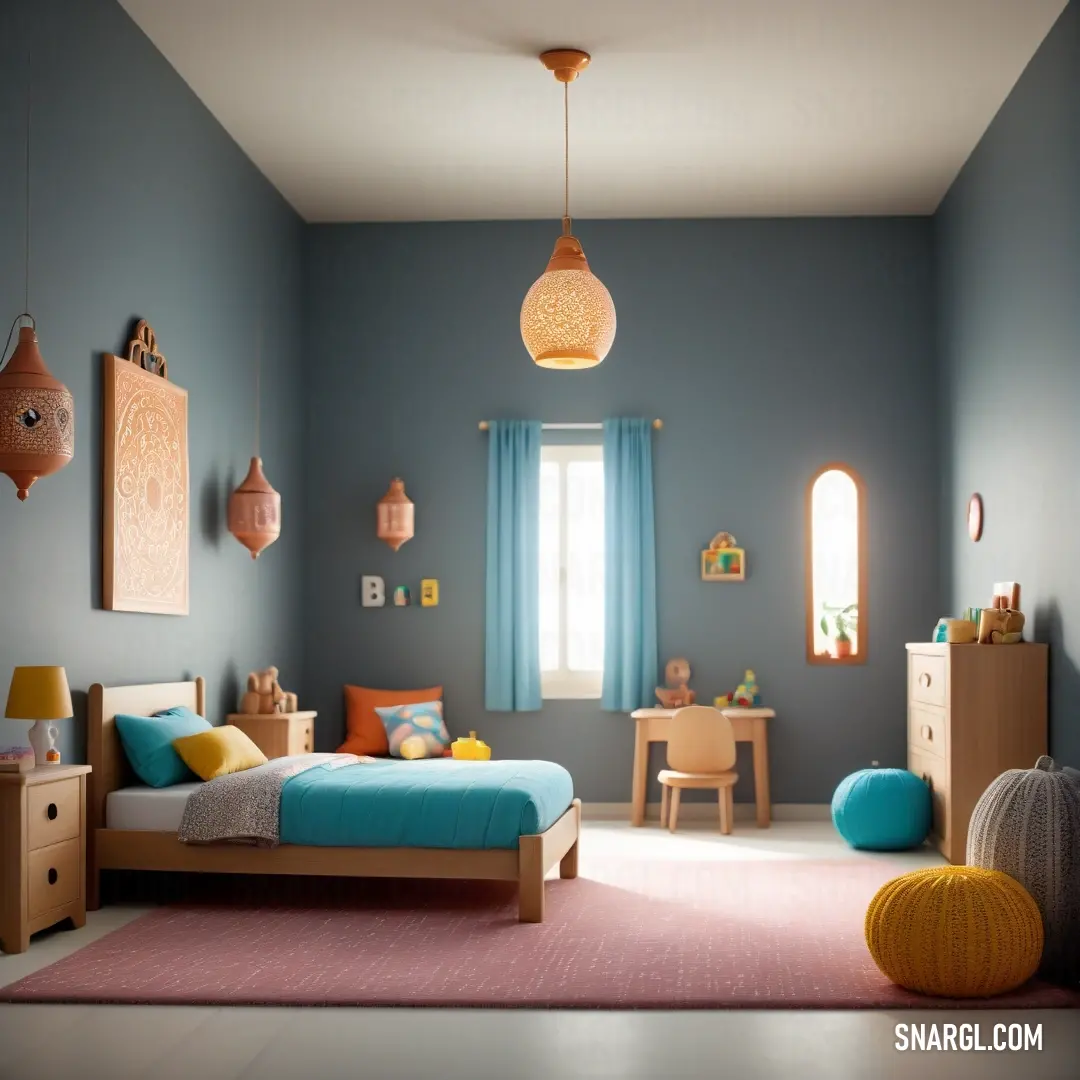
0
0
1
6
0
Hexadecimal code: #F2CEB0
RGB code: 242, 206, 176
HSL code: 27°, 27%, 95%
CMYK code: 0%, 20%, 30%, 0%
In graphic design, it can be used to create logos, flyers, posters, websites, and other visual elements that need to convey a sense of warmth, vitality, and freshness.
In fashion, PANTONE 712 is used to create garmenthis color can be used to create spaces that need to radiate warmth, comfort, and coziness.
In interior design, this color can be used to create spaces that need to radiate warmth, comfort, and coziness.
